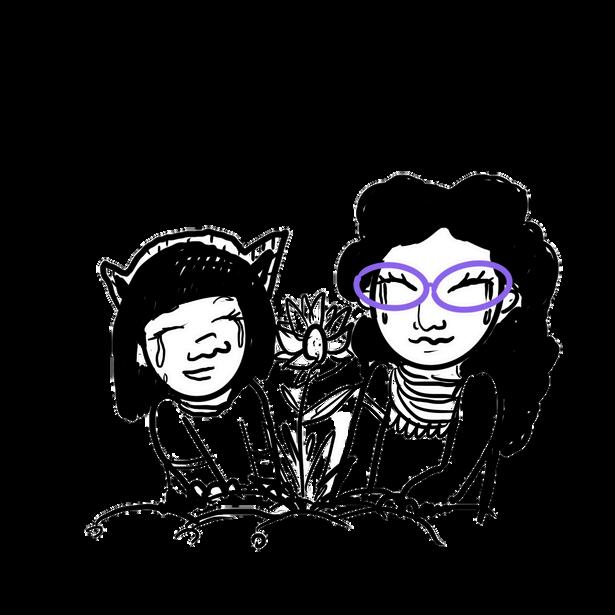
planting seeds of justice
a zine about an educator’s abolition journey created may 2024 by diana ballesteros (dianalapoeta) in collaboration with Ocelotl Art




a zine about an educator’s abolition journey created may 2024 by diana ballesteros (dianalapoeta) in collaboration with Ocelotl Art


My name is diana ballesteros. I am a multiracial Colombian daughter of immigrants. I come from a family of servitude. Of “unskilled labor.” I come from a history of centering whiteness. My mother is a nanny. Her mother was also a nanny well beyond her retirement age. Caregiving is in our blood. It is our praxis.
I am currently an educator within this context of social hierarchy and subjugation. Once upon a time, I was the Dean of Students at a nonprofit leadership development organization that serves middle school aged children of color. Our goal is to prepare these students to enter into some of the wealthiest, most prestigious, predominantly white independent schools in the United States. The average tuition at these schools is north of $55,000 a year. More than what many of our families make each year. This program, and others like it, have created a pathway for students of color to access opportunities that have been previously reserved for the most privileged in our society. I’m also an alum of this program, and an alum of one of our partner independent schools an all-girls’ school on the upper east side of NYC.
Navigating these spaces has shaped my worldview. I recognize the cultural wealth that I was gifted for being deemed a “gifted” student by a group of admissions officers back when all I really cared about was playing with my cousins. Seeing the Spice Girls movie. My mother and grandmother not being deported. My father arriving safely to his 3AM job.
As part of my responsibilities as Dean, I was required to follow up with students who had violated policies around integrity one of the program’s founding pillars. We explained to our students that integrity is “doing the right thing, even when no one is watching.” Integrity violations include lying, plagiary, copying another student’s work for an assignment/assessment, and consequences are at the discretion of the organization’s decision making body, the Core Staff.
I was one of the three members of the Core Staff. Consequences for integrity violations may include probation and dismissal from the program. This was the student’s second incident. After our conversation with the family, the child asked to speak with me privately. They shared that they were feeling “exhausted.” That they “didn’t know what [they were] doing” or what to do now. And most alarmingly, they shared that they felt “trapped.” I’ve created this zine, with my student, K in mind.
I share all of this because because I was part of a dismissal conversation on a student’s final day of the semester; a conversation that I’ve carried with me since. There are many moments that have brought me to aboliition as an educator.
This single moment has informed the trajectory of my career, as well as my praxis as a researcher and educator.
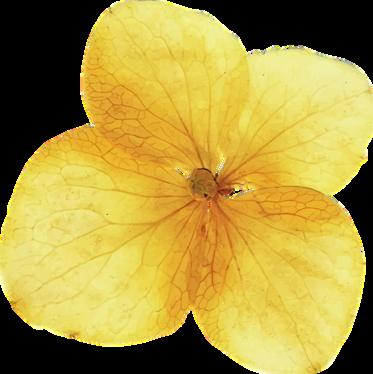

No child deserves to feel “trapped” in their educational journey. For many students of color, this is our reality. We are confronted with an educational system that operates on assimilation and meritocracy. This system has created and maintained a school-prison nexus that disproportionately affects Black, Indigenous, and Latinx students, and students with disabilities. In order to survive within this system, many of us are forced to burden ourselves with high expectations around labor and productivity outcomes, which result in insurmountable costs. These costs include student debt, mental and physical health disparities, and harm to our community well-being. In the most extreme cases, these systems of schooling have cost lives. This is true of Indigenous children who were forcibly removed from their families and homes and forced to attend residential schools.
It is with this awareness of our role in the harm perpetrated against children that I have embraced an abolitionist orientation, pedagogy, and praxis. It is with all of this in mind that I am confident that the only kind of teaching worth pursuing is liberatory in nature.
One child shifted my entire center of gravity. This zine/autoethnography is an invitation to all educators to recognize all of the ways that we might change the lives of our students. And all of the ways, they might change ours.
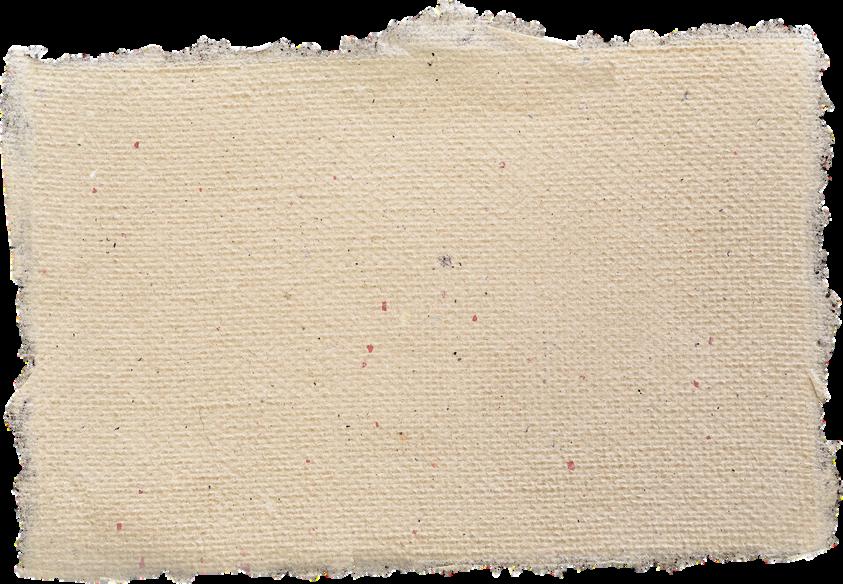

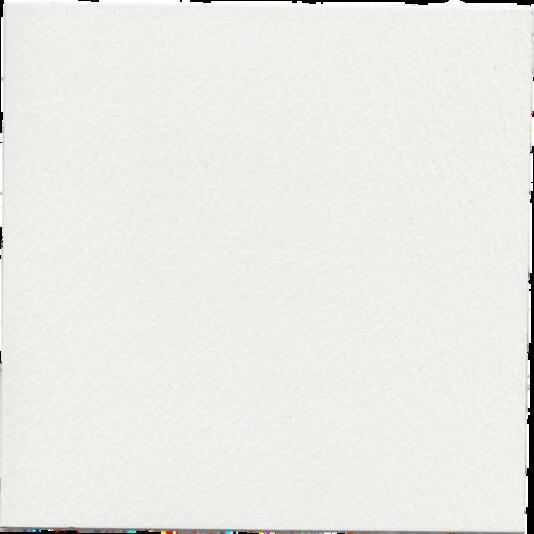
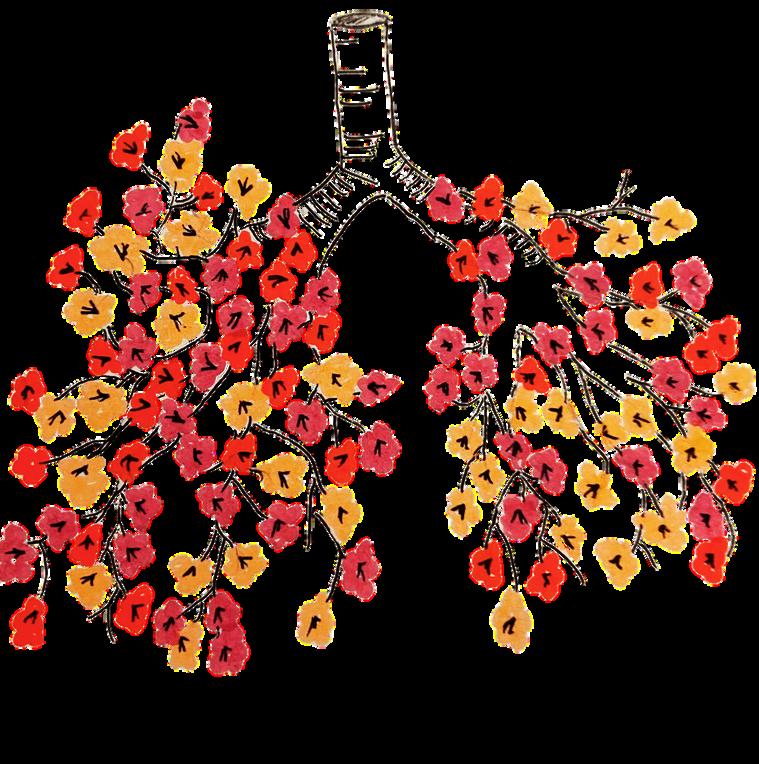
artwork by dianalapoeta
omeone once told me that children who experience the costs and threats of poverty, deportation, hunger, housing insecurity, incarceration, state-sanctioned brutality, etc. grow up to be adults who seek out .
chaos survival.
i was trying to make sense of the chaos of my own life. and why it felt so necessary to my this insight cracked me open.

breathing is a luxury.
i realized that for so much of my childhood, i thrived in chaos. and i wondered what it might look like if my flourishing happened
i began to study peace as a daily practice. the more i seek it, the more i practice, the more that it finds me.
more and more people who were investing in peace found their way into my life. and one of the most important lessons that has been brought to me again and again, is to start with breathing is restorative in nature, helping us find out way back into our bodies. the work of an abolitionist is to embody freedom. breath. elsewhere
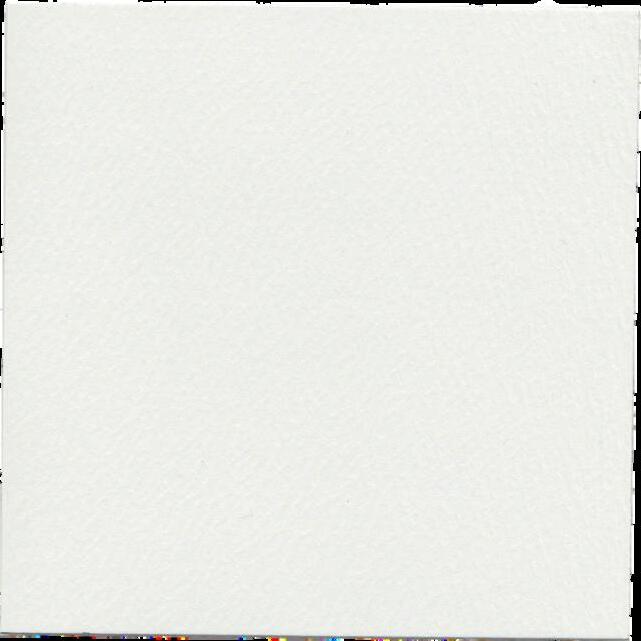

peace became like my super power. and people noticed. artwork by dianalapoeta & Ocelotl


t...except.istartedtonotice “hatsometimeswhaticalled opeace”meanttuningoutthe utsideworld. isitreallypeacewhen you’veturnedyourselfoff?

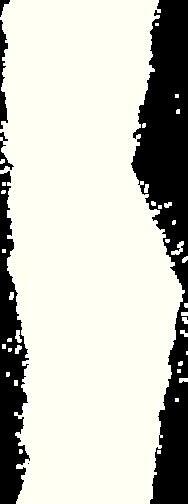

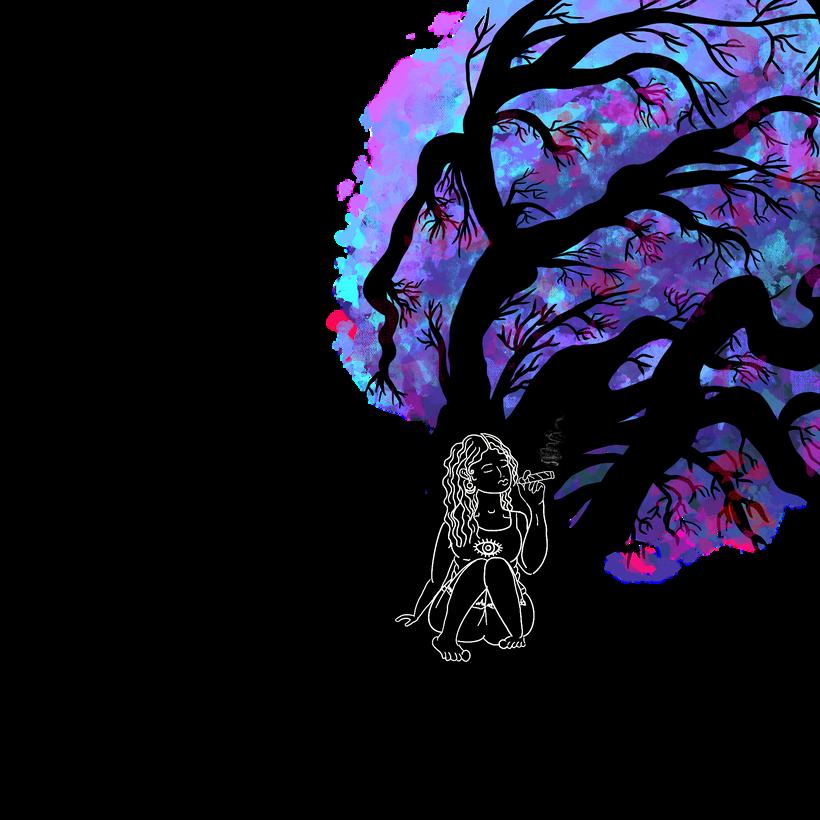

i learned an important strategy for cultivating peace from Mariame Kaba, who has spoken at length about the discipline of hope. my hope and peace are inextricably tied to one another, which for me has meant that my movements must create the hope and peace i hope to attract/create. Kaba teaches us: constantly strive and try to shrink the gap between your values and your actions. h o p e i s a d i s c i p l i n
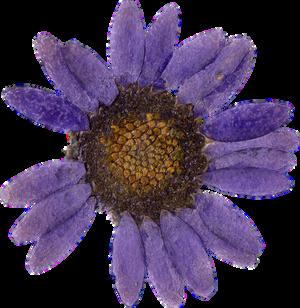

eventheoneweeachhaveinsideourhead
the more deeply i have practiced peace, and by extension, the more i have cultivated hope and invested in the radical visions of abolition, the more aware i have become of the logics of carcerality that govern nearly every aspect of our existence in the united states.
the moment that i decided to open my senses to the world around me, i began to realize how deeply we have internalized carceral strategies of oppression: hyper surveillance, policing, discipline, violence, and isolation.
for me, the hegemonic values of capitalism and settler-colonialism become entrenched in our psyche through the process of isolation that we are all subjected to from the first moment that we step into a schoolhouse. the pedagogy of the oppressor emphasizes hyper individualism. it becomes easy to turn our gaze away from one another.
children are taught that their learning is a competition (rather than cooperation), and that their success depends solely on their personal efforts. these expectations are detrimental for all children, and especially so for the students who deviate from the student-as-vessel standard that Freire explores in his banking model of education. The students most harmed: Black. Brown. Indigenous. Asian. Differently abled. Immigrant. Neurodiverse. Poor. LGBTQIA+.
as an educator who works exclusively with students of color, i realized i had a choice to make. i could adhere to the status quo. or i could find ways to extend my peace practice into the classroom.
every day, i choose my students. their dignity. their peace. their growth. i choose to notice them. to witness them. i choose their safety -- physical, emotional, spiritual, and intellectual. we are reciprocal. an ecosystem. i choose to share and grow with them.
choosing my students (and in so many ways, myself) has meant becoming aware of the cop inside of me, and consistently stripping them of power. the cop inside of me is slowly but surely being replaced with a different kind of guide.
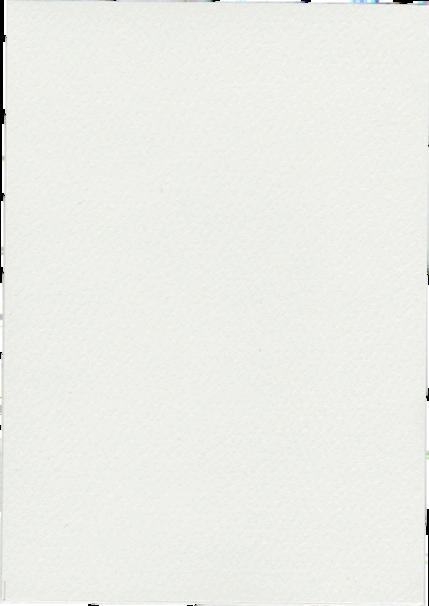
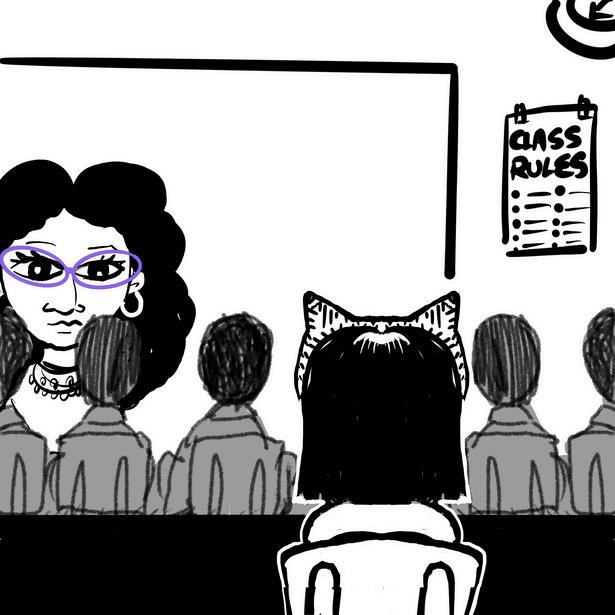
by Ocelotl
artworkby embracing peace, and hope, and even love, i have let my students know that they are important to our community and this means that every part of their experiences is also important and valid. i want for my students to know that i can hold space for them. for their big emotions. for all of the pieces that don’t fit neatly into a curriculum.
and this makes me wonder why the architecture and infrastructure of so many educational spaces is so confining. and what could an alternative look like? if we ask ourselves... how could education serve our goals as a society....what would we come up with?
my students hopes become my own. their fears are my own too (i never want them to feel alone).
for me -- this is the elsewhere. the space where teacher-student hierarchies become obsolete and we are able to simply see one another. to connect. to heal. and to dream. this is the space of possibility.

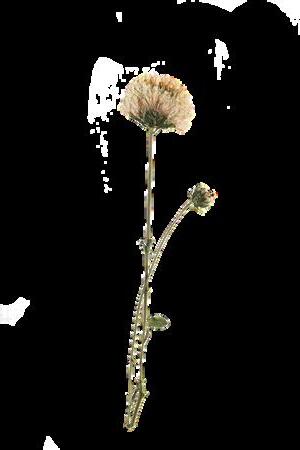



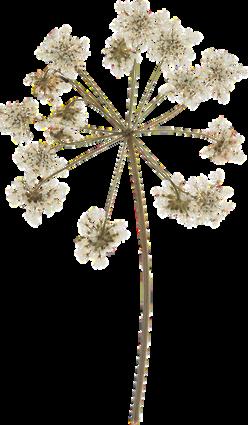

restorative justice is much bigger than any institution. it is about restoring our sense of hope and wonder, our curiosities. it is about returning to ourselves.

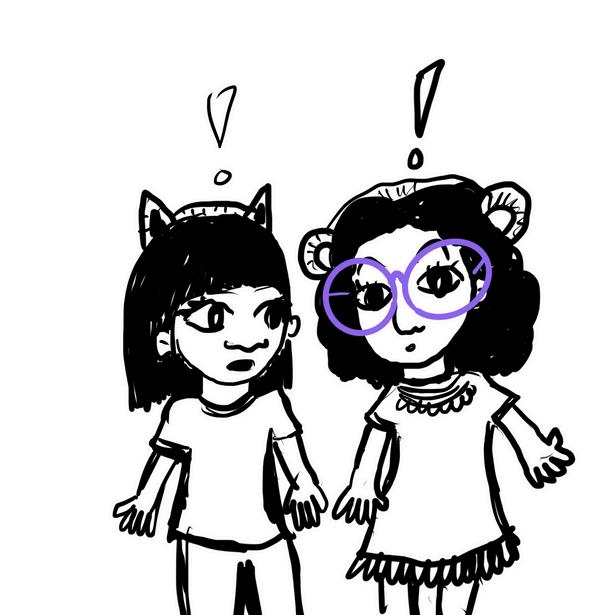
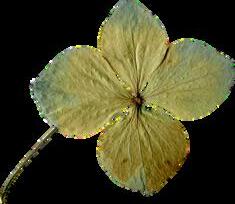
artwork by Ocelotl

i am learning that an important element of abolition pedagogies is restorative justice. as a first year MSW student, i was placed at a public school in Jamaica, Queens that served mainly Black, Latinx, and Middle Eastern students. i remember being asked to facilitate the restorative justice circles. i had not been trained. in the first weeks of my placement, students came up to me and told me that they felt that the adults in the school were racists. i brought the concerns to my supervisor. she looked me square in the eye and asked: are you accusing me of being a racist?
i was promptly relieved of my responsibilities in restorative circles. that was a pivotal moment for me as an educator. i began to wonder...what do we hope to restore when harm is experienced? what kinds of communities will children want to be restored into? is it possible to do “restorative justice” in spaces where adults avoid accountability?
the institutions will not make space to explore the possibilities of restorative justice.
but in my classroom and in my interactions with students, i have more control.
and i am learning to center care, love, dignity. and when my students share their stories with me, when i witness them, i see the relief on their faces. because they can be whole.
and i find that this kind of relationship with my students in many ways restores me to myself too. holding space for them means that i am also holding space for diana-the-child.
this is a kind of alchemy. a kind of conocimiento. a kind of time travel all wrapped together. i allow diana-the-child to re-member. and to guide my radical imaginings.
she shows me alternate timelines & paths we may have forgotten.

t“wecanstarve togetherorfeast ogether. allflourishingismutual.”
-RobinWallKimmerer
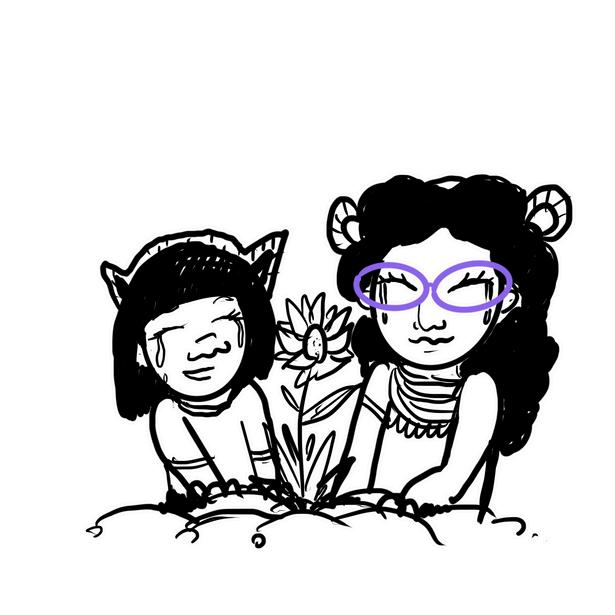 artwork by Ocelotl
artwork by Ocelotl

i am learning from my students that we experience the best kind of freedom when we are engaged (and passionate) about our work, and even more importantly, about each other. cultivating a classroom ecosystem that centers liberation and joy often feels counterintuitive to students who are used to classrooms that prioritize a kind of social Darwinism. survival feels new and wonderfully strange when we it is coupled with flourishing. when we tune into ourselves, into each other, into the world around us, that flourishing grows exponentially. we begin to see the paths that emerge when we connect, when we are vulnerable with another. we recognize that our heartaches and tears are healing when they are shared. our hearts open. we learn to trust. and the world becomes infinitely bigger.

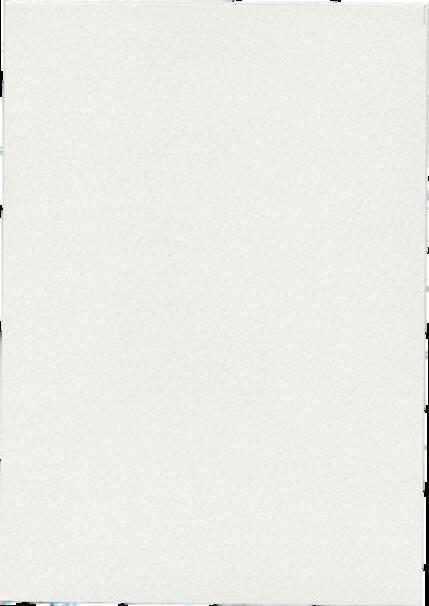
gratitude
thank you for taking the time to engage with these musings and wonderings.
please feel free to use this however feels most helpful.
print it, mark it up. add your own wonderings.
view it digitally. remix. share your own practices.
share it. please credit the author/artist as well as the artist, Ocelotl if any images are shared.
please do feel free to share your insights with me! and remember what mariame kaba teaches: everything worthwhile is done with others. i would add, everything worthwhile is done with wonder.

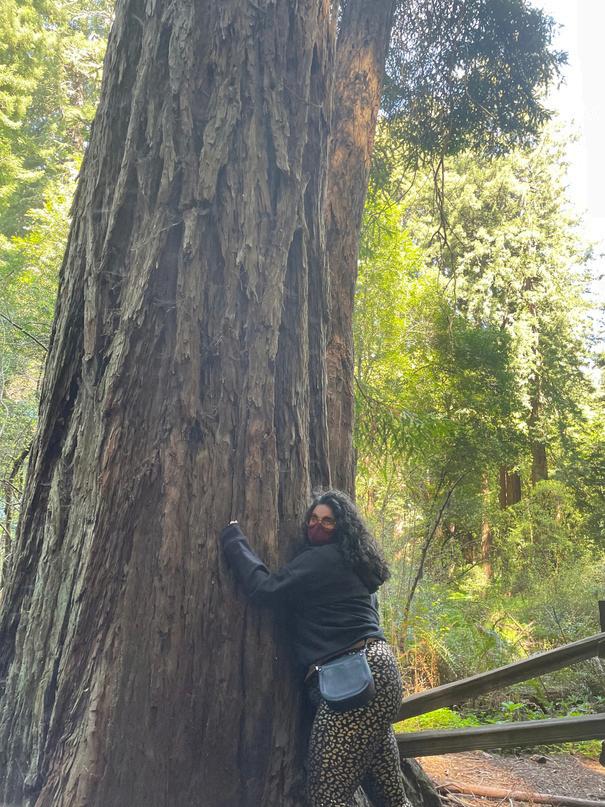
Thank you for your support!
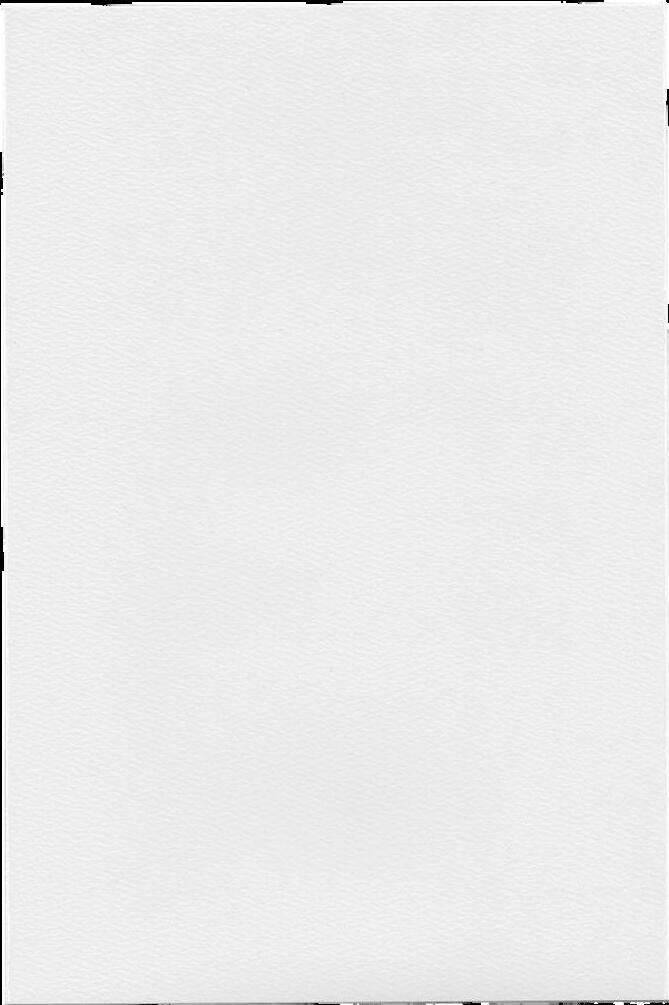
@dianalapoeta |www dianalapoeta com
@ocelotlart